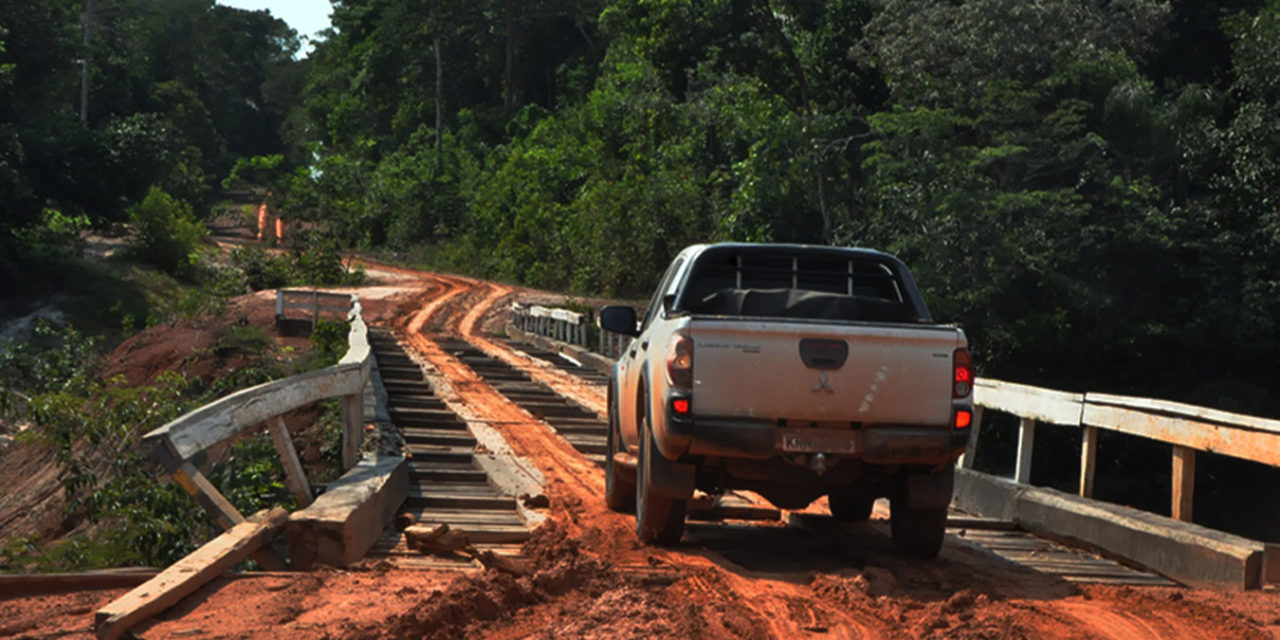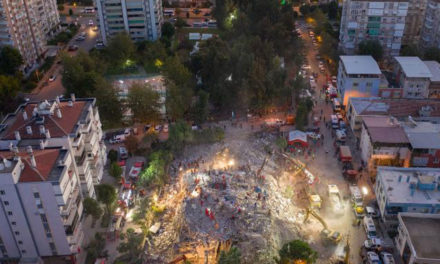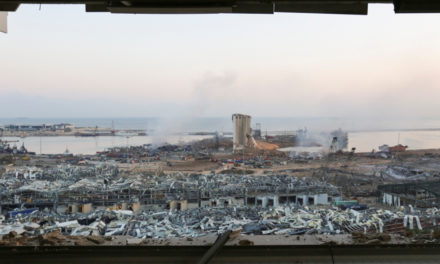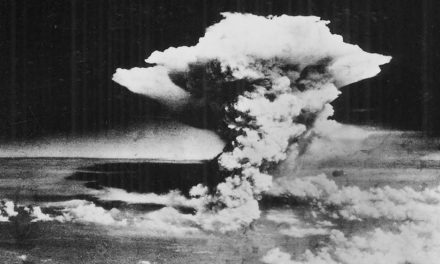Plans are being made by Bolsonaro’s government to resurrect a little-used road and turn it into a major highway but environmentalists are concerned that this will usher in ever greater deforestation.
BR-319 is a highway built in the 1970s by the Brazilian military but soon after completion was abandoned. Much of the road is unpaved and during the six-month rainy season is impassable. Even during the dry season navigating it isn’t easy as the road’s surface is strewn with debris from the jungle and huge potholes.
The military built the highway to encourage people to settle in the sparsely populated Amazon region. At nearly 900 kilometres long, it runs from Porto Velho in western Rondonia state to Manaus. Only around 400 kilometres of it is paved but beyond the small town of Realidade, repairs to the road and civilisation stop.
Road Will Lead to Development
Jair Bolsonaro has promised to rebuild the road, but environmentalists are worried that once the road has been paved then logging, ranching and agriculture will follow. Bolsonaro will begin work on its rebuilding by 2021 as part of its overall plans to boost economic growth in the region.
The plan is that the new road will connect the city of Manaus with the rest of Brazil. Currently, this city of two million people is only reachable by boat or air during certain months of the year.
“We are certain that our BR-319 will be paved,” said Bolsonaro at an event in Manaus in July.
While the road may be a blessing for local people it will put further pressure on the rainforest. A newly paved road will enable loggers, a subsistence farmer and illegal miners looking for gold and diamonds to penetrate the jungle, which is currently inaccessible.
A study by the Federal University of Minais Gerais concluded that rebuilding BR-319 will result in forest clearing increasing fivefold by 2030.
Carlos Nobre, a leading climate researcher from the University of Sao Paulo told Reuters that 17% of the rainforest has already been destroyed and it is about to reach a point of no return. Once 20-25% of the rainforest is destroyed it enters a self-sustaining cycle of dieback and gradually turns into savannah.
This would lead to a massive release of greenhouse gases and would almost certainly mean a rise in global temperatures above 2 °C.
“With BR-319 we are going to cross this tipping point; this is more than enough. You’re opening a totally new frontier across the core of the Amazon forest,” said Britaldo Soares Filho, a professor at the Federal University of Minais Gerais, an inland state in southeastern Brazil.
Local Support for Rebuilding BR-319 is Strong
Local residents in Manaus and in the sparsely populated settlements along BR-319 are unsurprisingly supportive of the plans to repave the road. There is also strong support for the project among a powerful bloc of rural lawmakers in the Brazilian congress.
Herivaneo Seixas, the mayor of Humaita, a town of 55,000 residents along the highway said that once rebuilt he hopes it will allow local farmers to get fresh produce into Manaus.
“BR-319 is the postcard for development. Without BR-319, we’re frozen in time,” he said.
Environmentalists and public prosecutors have resigned themselves that BR-319 will be repaved and instead of trying to block the project in the courts are working with government agencies to minimize illegal deforestation.
“We recognize that this road will be paved at some point. It’s important that this paving happens in a sustainable way,” said Rafael da Silva Rocha, a federal prosecutor for Amazonas state.
Leaked government documents were seen by Open Democracy, state that Bolsonaro’s government is planning several other large-scale infrastructure projects including the Obidos Bridge over the river Amazon and two hydroelectric plants in Orimimina and on the Trombetas River.
The documents argue that a strong government presence in the Amazon is important to prevent conservation projects from gaining too much steam.
- Why is California So at Risk from Wildfires? - 13th November 2019
- Carbon Offsetting is Growing but Does it Make a Difference? - 11th November 2019
- Three Confirmed Dead as Australia Prepares for “Catastrophic” Bushfires - 11th November 2019






